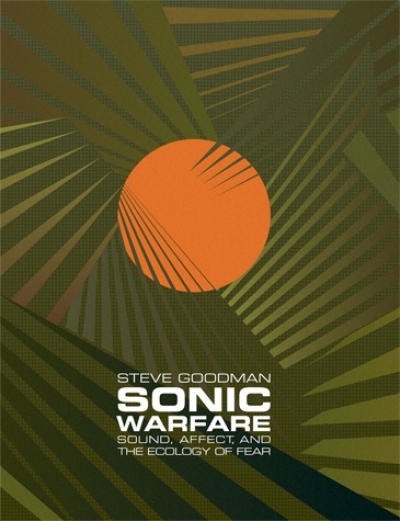
Sonic Warfare. Sound, Affect, and the Ecology of Fear
Sound can be deployed to produce discomfort, express a threat, or create an ambience of fear or dread—to produce a bad vibe. Sonic weapons of this sort include the "psychoacoustic correction" aimed at Panama strongman Manuel Noriega by the U.S. Army and at the Branch Davidians in Waco by the FBI, sonic booms (or "sound bombs") over the Gaza Strip, and high-frequency rat repellants used against teenagers in malls. At the same time, artists and musicians generate intense frequencies in the search for new aesthetic experiences and new ways of mobilizing bodies in rhythm. In Sonic Warfare, Steve Goodman explores these uses of acoustic force and how they affect populations.
Most theoretical discussions of sound and music cultures in relationship to power, Goodman argues, have a missing dimension: the politics of frequency. Goodman supplies this by drawing a speculative diagram of sonic forces, investigating the deployment of sound systems in the modulation of affect. Traversing philosophy, science, fiction, aesthetics, and popular culture, he maps a (dis)continuum of vibrational force, encompassing police and military research into acoustic means of crowd control, the corporate deployment of sonic branding, and the intense sonic encounters of sound art and music culture.
Goodman concludes with speculations on the not yet heard—the concept of unsound, which relates to both the peripheries of auditory perception and the unactualized nexus of rhythms and frequencies within audible bandwidths.
About the Author
Steve Goodman is a Lecturer in Music Culture at the School of Sciences, Media, and Cultural Studies at the University of East London, a member of the CCRU (Cybernetic Culture Research Unit), and the founder of the record label Hyperdub. He produces bass-driven electronic music under the name kode9 and is also a member of the sound art collective Audint.






